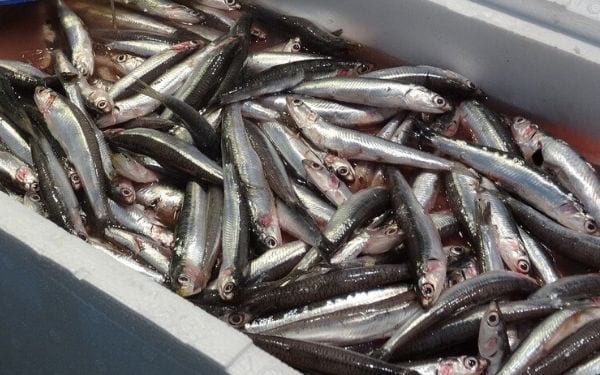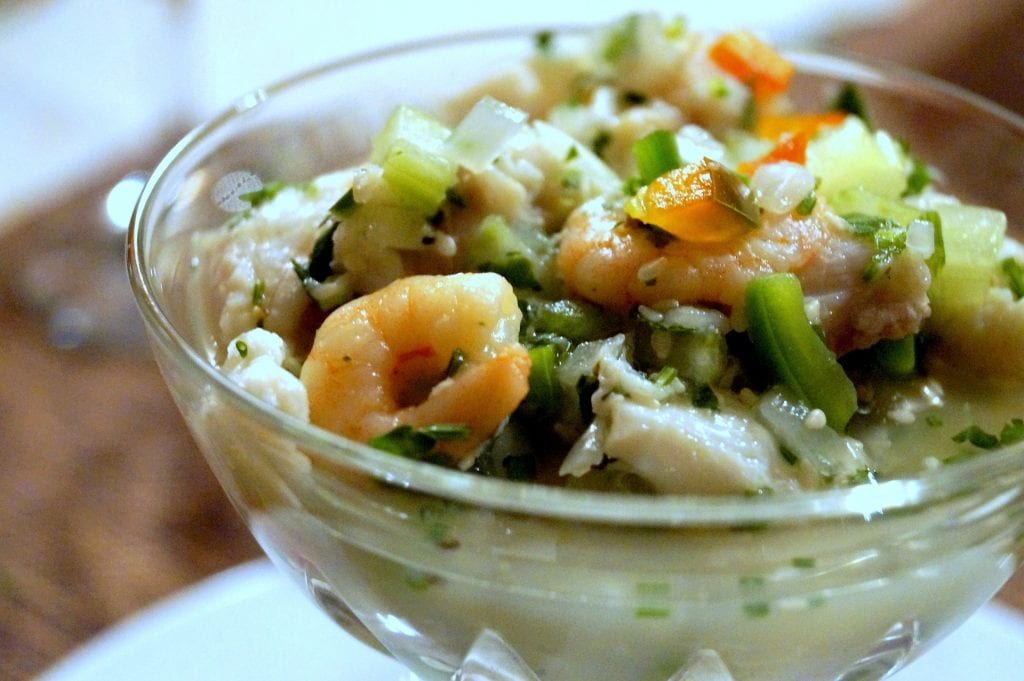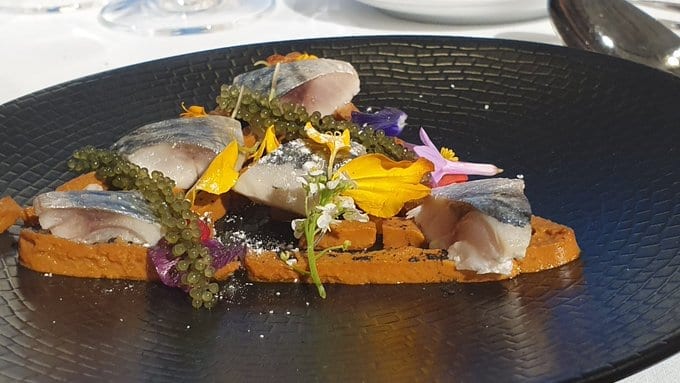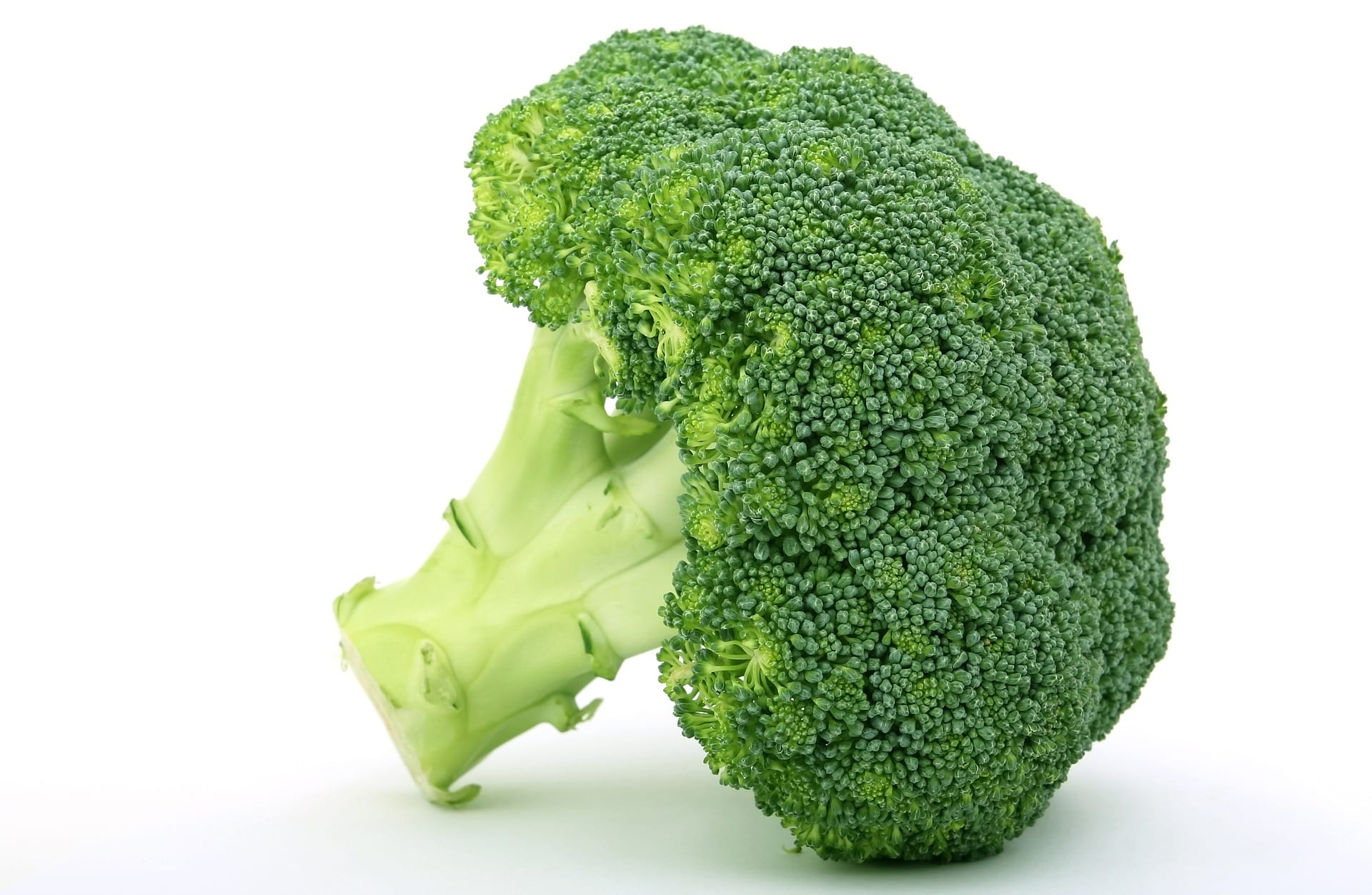With the summer, the increase in temperature and the consumption of fish increase the cases of people suffering from this disease linked to parasite most famous of marine products. In addition, year after year the presence of this problem increases, so we want to clarify for you all about anisakis. During the past 2019, close to ten thousand cases only in Spain. What is it really like and where is it? What measures can you take to avoid getting sick or what are its symptoms? Attentive!
What is anisakis?
This 'bug' is a parasitic nematode found in fish and marine mammals. These animals, due to their condition as parasites, need to be housed in other animals. In the case of anisakis, it does in some crustaceans, cephalopods (such as octopus and squid) and finally in fish and other species of the sea.
In fish, they are normally found in intestines but they can be present too under the skin and in the muscle of the animal. Some cases affect the health of the host but, on other occasions, it does not manifest itself externally in the fish. Although they do tend to affect them considerably in their interior parts. This is the first thing you should know about all about the anisakis.
What fish do we find them in?
Many fish are frequently infected by anisakis, the most common and that we know more about in our market are: anchovy, horse mackerel, herring, mackerel, salmon, hake, whiting, tuna, bonito, monkfish, turbot, cod and blue whiting. Although it is not so usual, they can be found in octopus, prawns, squid, cuttlefish, lobsters and prawns. Usually it is almost impossible to appreciate them in the purchase before cleaning the fish.
They can be seen with the naked eye when cleaning and removing the viscera, especially when the fish is really contaminated with these parasites. In the larva stage there are some small worms about two centimeters round in shape, which tend to move. It is important to note that European law prohibits the sale of any fish that appears to be parasites.

All about anisakis: in gastronomy
To avoid infecting ourselves, it is best freeze the fish before cooking. It is the most recommended, especially in those species described above. The frozen should be durable if it is done at home, that is, more than 72 hours frozen to make sure we end the problem. If the product is already frozen or ultra frozen at the time of purchase, we should not have any problem.
It is important to note that, although the temperature kills the anisakis, it must be above the 60 ° C for a few minutes (3-4 minutes). So we could be calm with him fried fish, baked, cooked and others salted such as mojama, for example. On the contrary, those that have been in vinegar, as in the case of anchovies, our enemy perfectly resists acidity and we can get infected. The same thing happens with the ceviche that is macerated with lemon or lime.
In countries that consume Raw Fish or macerated with lemon or vinegar they must know everything about anisakis. However, the cases of infected are higher. It is the case of Japan, where traditionally there is a high consumption of sushi. Also in the north Europe with the consumption of herring or in Latin America with the case of the Peruvian dish already mentioned. In some countries that traditionally smoke, it is not strange to find quite a few cases as well.

On the other hand, all the fish that have origin in fish farms offer us the guarantee of being free from anisakis, since in the breeding process they have undergone deworming. It is also the same with all fish from inland waters such as trout. Ask your fishmonger or see if it has a quality seal that identifies it as farmed fish.
In the case of the hostelry, the law requires you to freeze or prepare these foods to ensure that they are free of these parasites. In the case of serving the Raw Fish, the law obliges to inform and guarantee the consumer that the product has been previously frozen and it has all the sanitary guarantees.
What symptoms does anisakis have?
Symptoms may appear at two to three hours after ingesting the food. They are symptoms very similar to poisonings, that is, vomiting, diarrhea, pain in the abdomen and nausea. They also appear itching and eczema on the skin and even dizziness and lack of consciousness.
In this specific case, problems can be caused by the intake of the worms or by the allergic reaction which produces a parasite protein, the cures being somewhat different. Treatment is not easy and they usually go through the administration of antiparasitics. The problem, in normal cases, is that they usually last up to fifteen days.

If you still want to know more about this parasite, on the website of the Spanish Agency for Food Safety and Nutrition (AESAN) have all about the anisakis. Be very careful with it!






